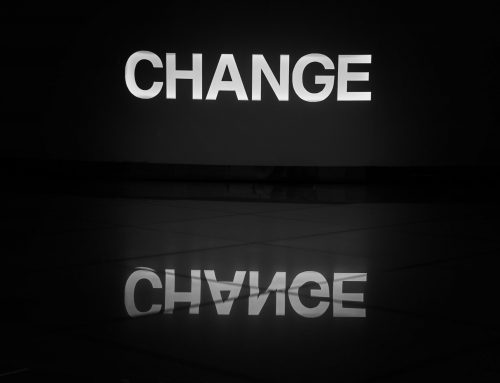It is no longer news that the coronavirus pandemic has changed our lives on so many different levels and in ways that we could have never imagined. Today, we all have to live not only with the consequences of Covid-19 but also with the constant feeling that the future is unpredictable. Hence there is an increased difficulty to deal with the unexpected and because of this, problems that often arise are put under the carpet rather than dealt with. Right about now, you may be wondering if we can ever truly deal with the unexpected. The answer is yes. With the right combination of mindset and action.
So what do you and your organization need to do to solve problems more efficiently and thrive in turbulent times? First and foremost try not to let the situation paralyze you and instead find a way to respond in a way that puts your organization in a better position. Here are some tips to help you come up with solutions and become a better problem solver :
- Be open to talk about problems. Define the challenge by asking the right questions. Ideate and tap into the collective intelligence, test and iterate. Bonus tip get comfortable with uncertainty. Any problem that stays hidden will simply not get fixed. Raising and discussing problems is not just normal but desirable and will create a culture of trust that will lead you to success.
- Ask the right questions. When a problem arises we often tend to quickly come up with a solution, that is sometimes more complex and time consuming than it should be. And that is because we tend to stop asking “why” and instead focus on a “this is the way we do things around here” attitude. So when you are faced with a problem, take a minute and ask why this is happening until you arrive at the true cause of the problem.
- View the problem through multiple lenses. Once you have started asking why make sure to view the problem as part of a system. Talk with different stakeholders in order to ensure you have a 360-degree view of the problem, which will help you arrive at the root cause of the problem.
- Get comfortable with uncertainty. Rarely a solution will be based on 100% actual facts. We often need to make many assumptions and rely on our gut instinct in order to come up with potential solutions. And that is okay. Ambiguity is normal when solving problems, so instead of focusing on the perfect solutions challenge the ones that imply certainty
- Test and iterate. In other words, develop a “fail fast” mentality by constantly designing experiments to test and refine solutions. Design sprints, for example, are an excellent way to do exactly that by helping you answer critical business questions through design, prototyping, and testing ideas with customers, while also building capabilities and assets that support further steps.
- Tap into the collective intelligence of the team. Do not assume that only certain members of your team can help you come up with a solution. Instead, involve as many people as possible, which will not only mean more ideas but also ensures that the solution will be more widely accepted by the organization as a whole. Besides, when teams view problem solving as part of their daily work, they feel more motivated and even do their jobs better.
Problems may never stop to arise, especially during a global crisis. But creating a problem-solving mentality is not just about fixing particular problems but rather about always striving to do things better. We put in practice the above steps in 3, even 2 hour workshops. You can give it a try or you can just contact us to find out more. It is always beneficial to create a safe environment for raising problems, ensure you people have enough time for problem solving and add value to your organization.





